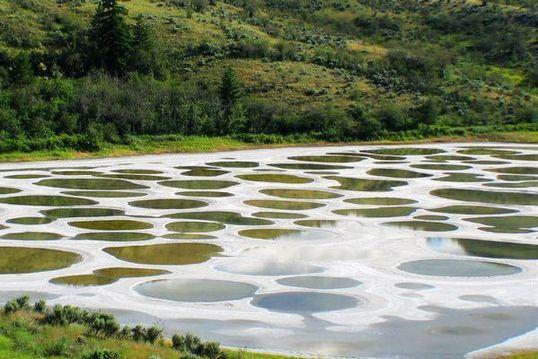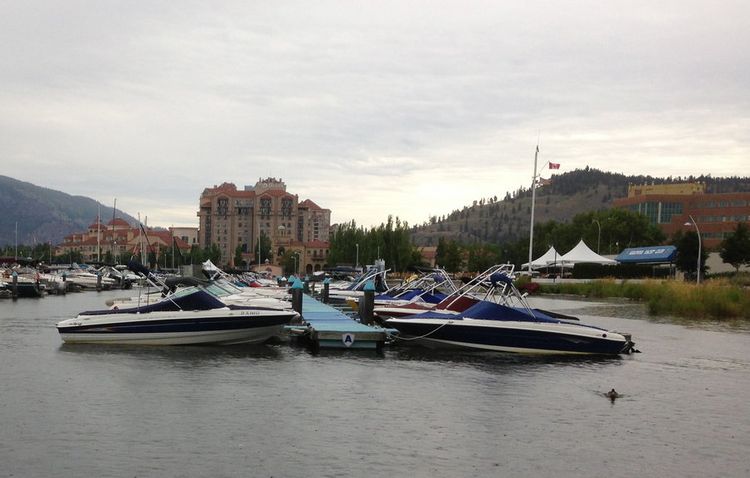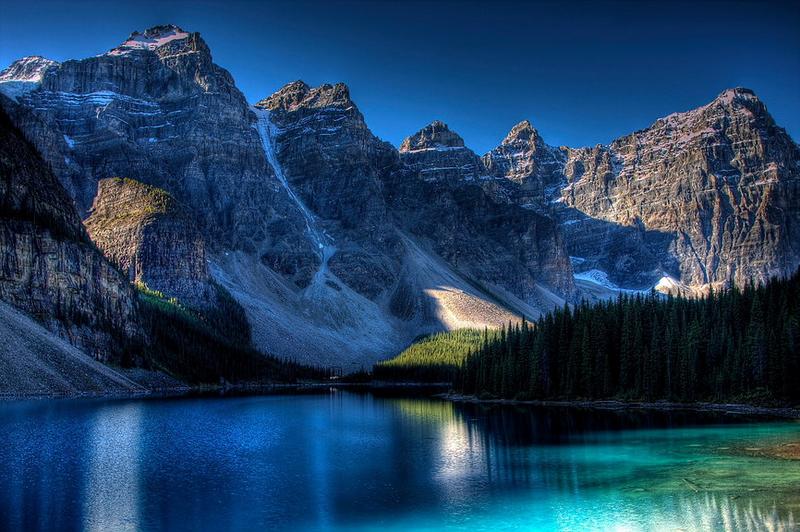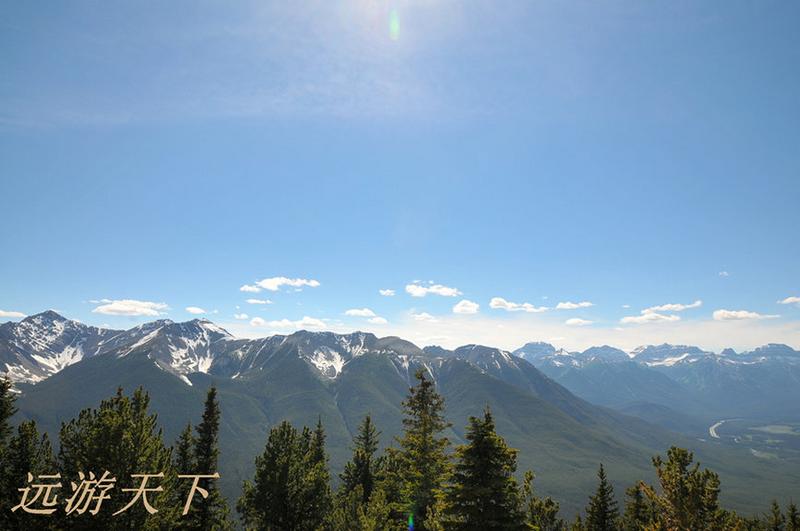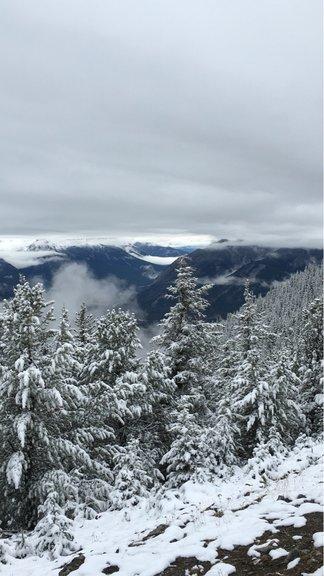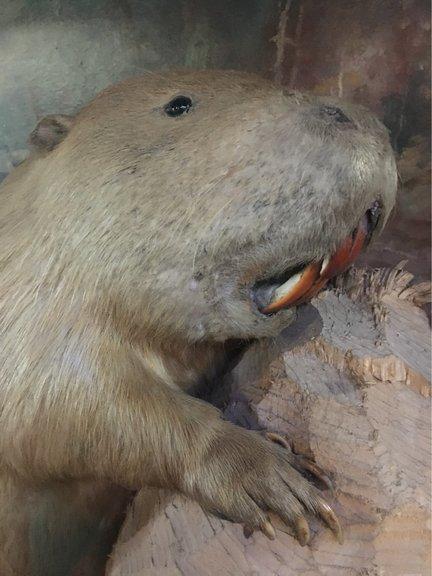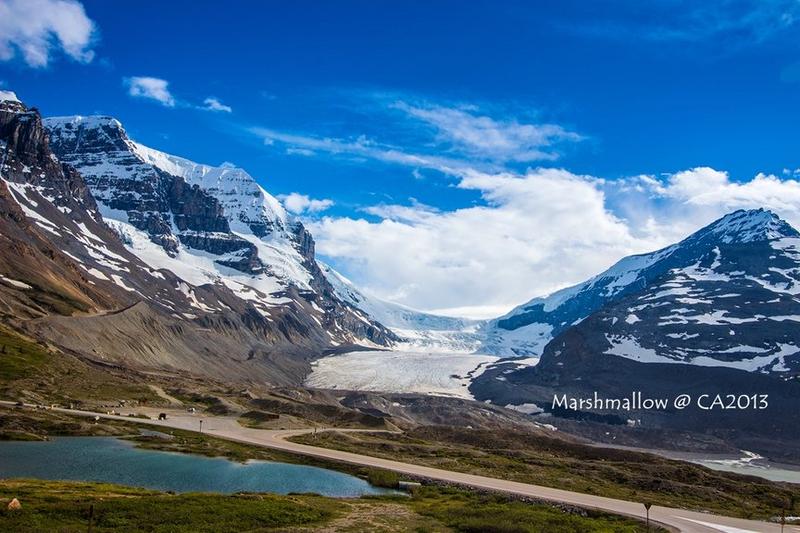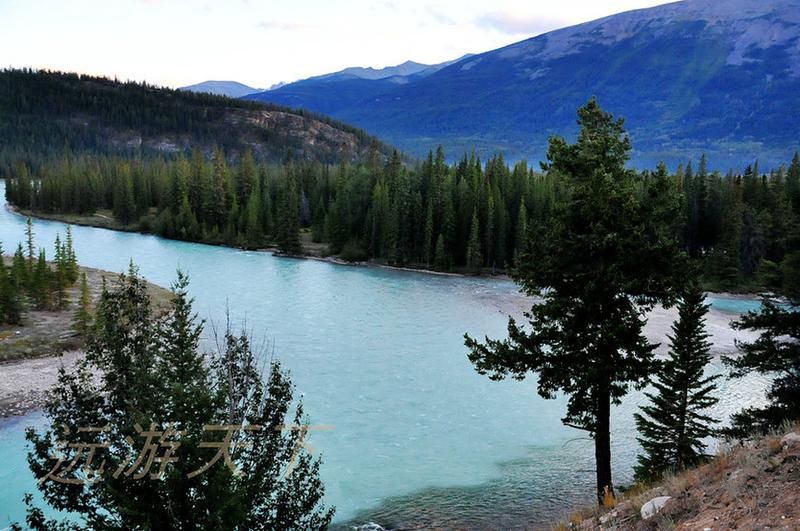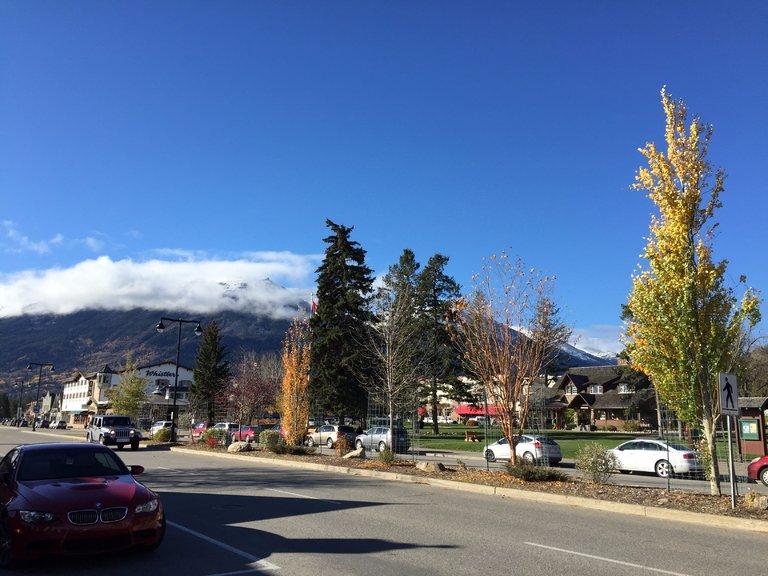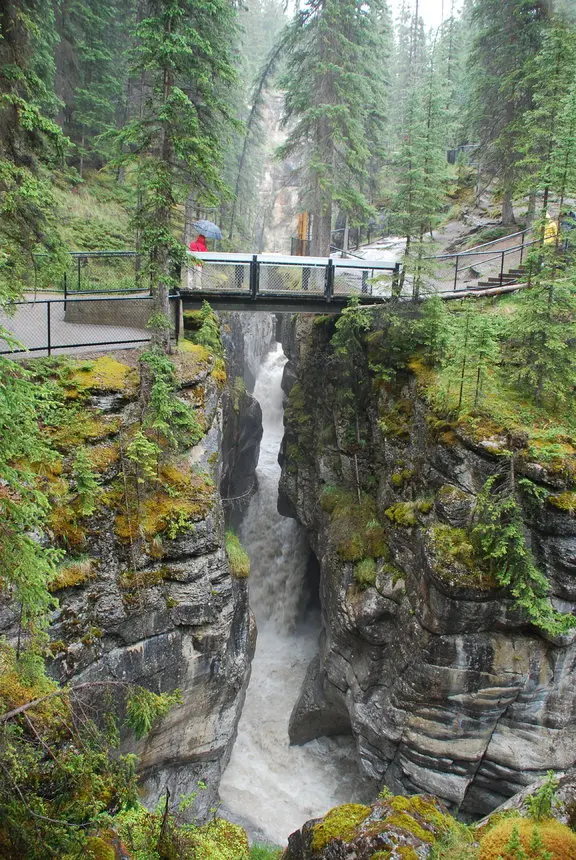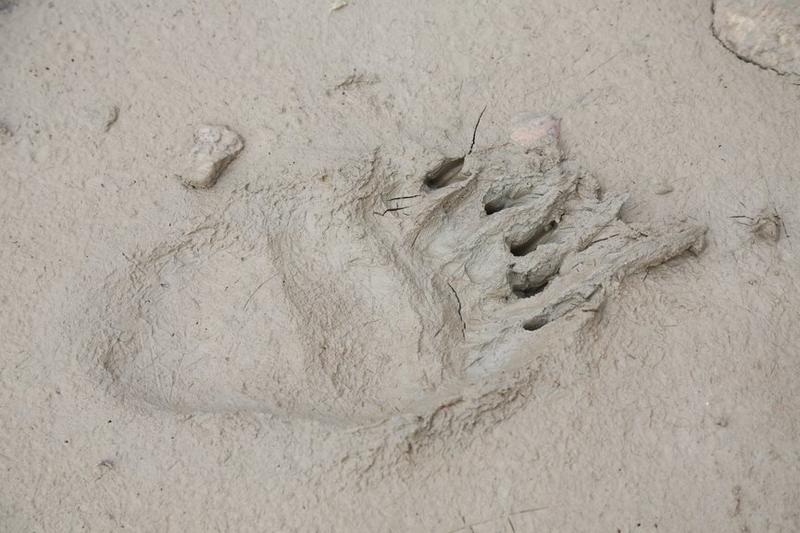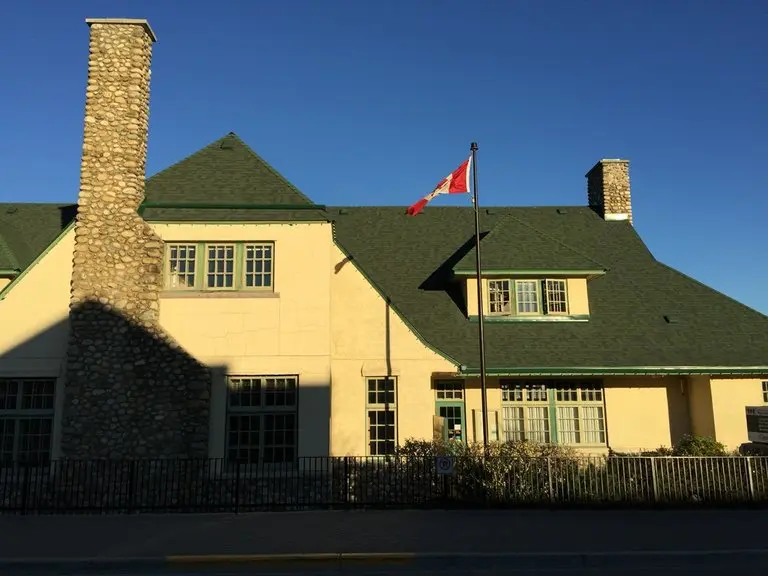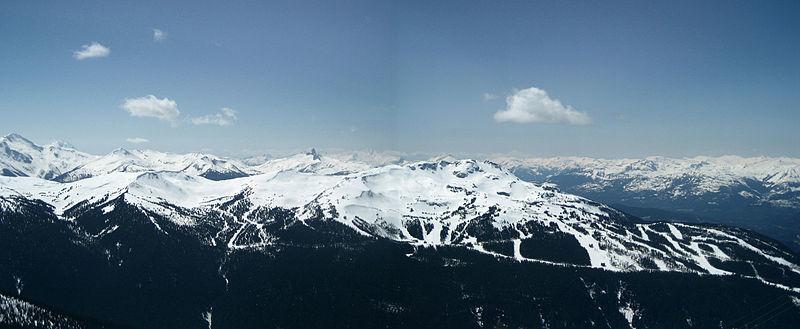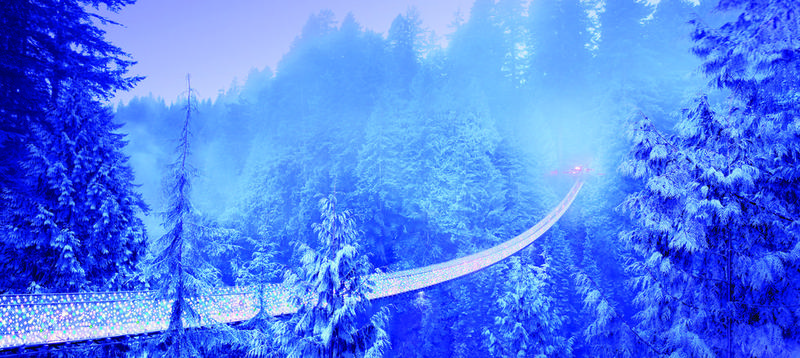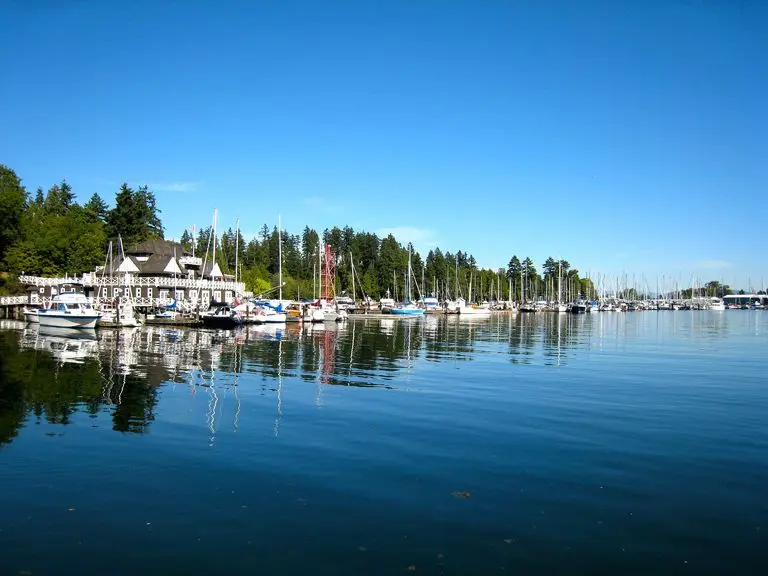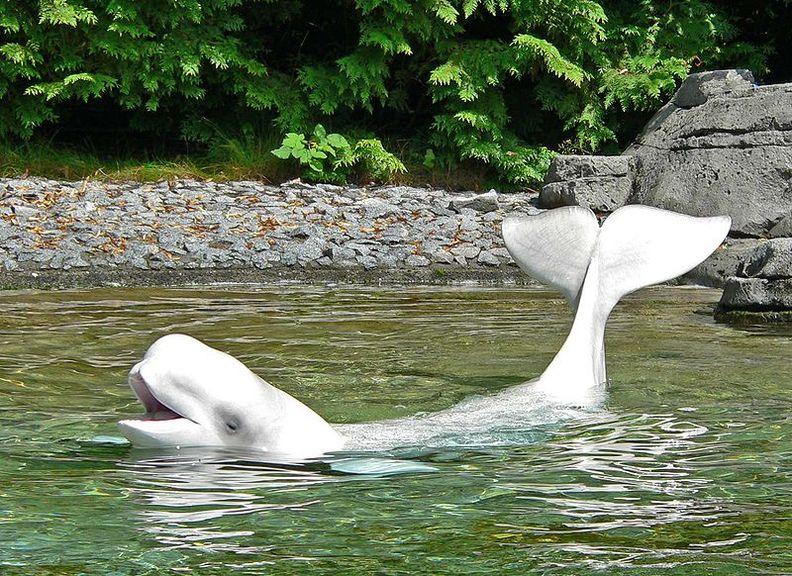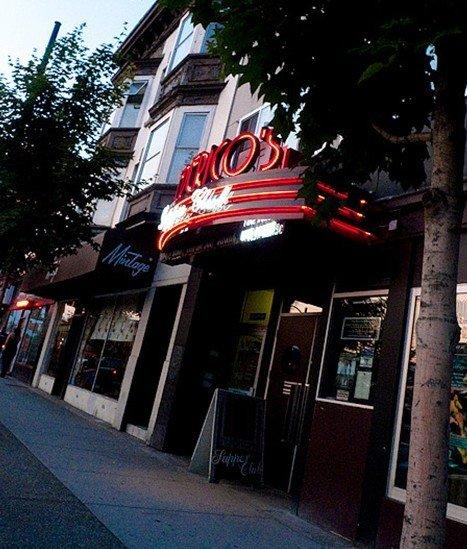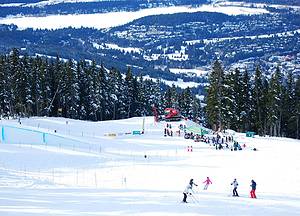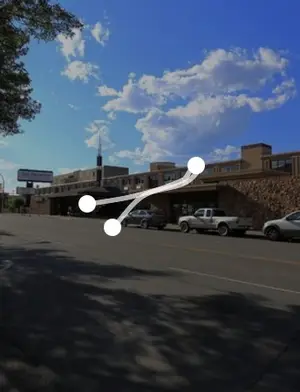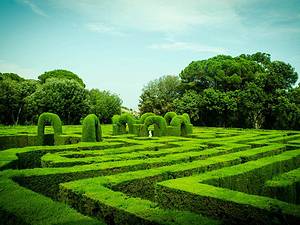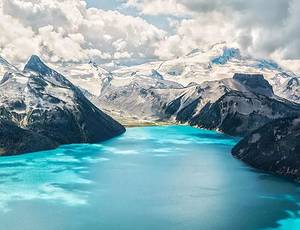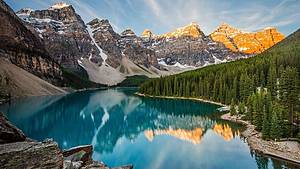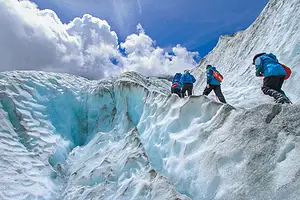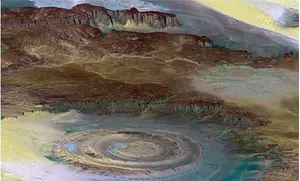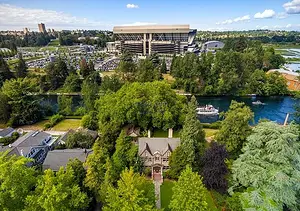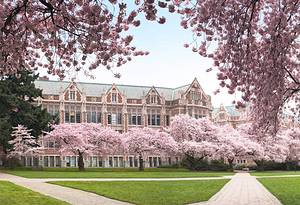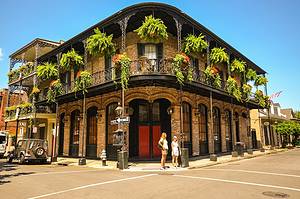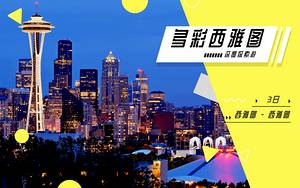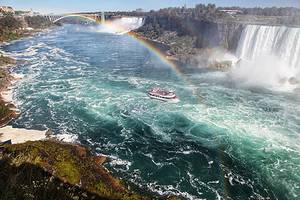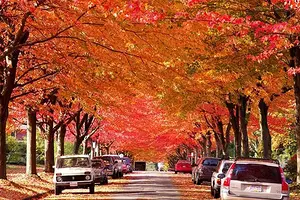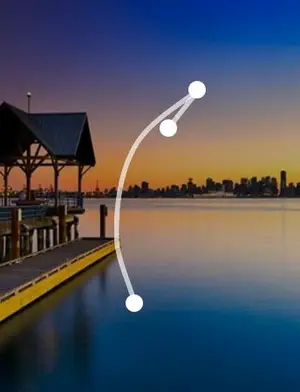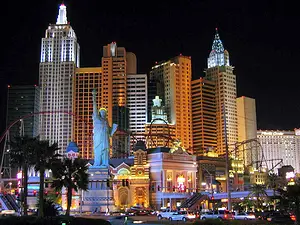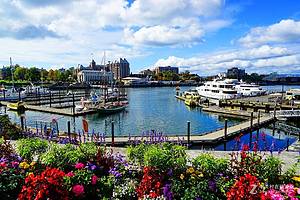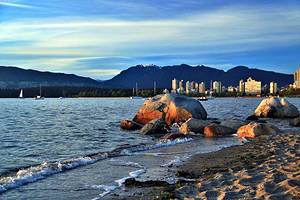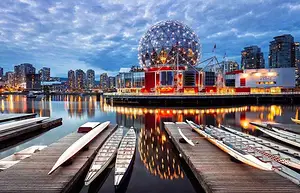8-day Circular Tour of the Icefall Mountains
7 cities |
21 attraction(s) |
total distance 2044
km
 TIPS
TIPS
Day1
Day2
Day3
Day4
Day5
Day6
Day7
Day8
Day1: Vancouver > Osoyoos
2 attraction(s) ·
389 km
1
Downtown Vancouver is located in the northern part of the City of Vancouver, Canada. It is the commercial, cultural, economic, political, and entertainment center of the Greater Vancouver area. The area is characterized by high-rise buildings and busy professionals during the day, and vibrant nightlife with bustling restaurants and cafes in the evening, showcasing the city's prosperity on the west coast. The famous Stanley Park, a city park, is also situated here, occupying a corner of the peninsula.
389
km
2
Day2: Kelowna > Banff Town
2 attraction(s) ·
490 km
1
Lake Okanagan is located in British Columbia and is famous for its legend of the lake monster. It is worth exploring if you visit here.
490
km
2
The Banff Centre is a cultural center showcasing artworks and hosting various cultural events in the town of Banff. It is famous for The Banff Centre for Continuing Education.
Day3: Banff National Park > Banff Town
4 attraction(s) ·
91 km
1
Under the envelopment of dense forests, Lake Louise is like a pristine gem, with a pure and ethereal beauty. It is shielded by the majestic Victoria Mountain, creating a perfect scenery. It is one of the most popular photography destinations in North America. Lake Louise is fed by the Victoria Glacier, its water is clear and emerald green, like a jewel embedded in the Rocky Mountains. The lake's water is extremely cold, and during the period from November to June, it freezes over, creating a beautiful ice skating rink blending seamlessly with the ice and snow of the Victoria Mountain. It takes about a two-hour drive or bus ride from Banff Town, via the Bow Valley Parkway, to reach Lake Louise. Along the way, there are charming views of lakes and mountains, and there are often opportunities to see wildlife foraging by the roadside.
15
km
2
Dream Lake is located within Banff National Park. As a glacial lake, it reaches its peak water level in June each year, displaying a beautiful turquoise color. There are multiple hiking trails for viewing Dream Lake, but due to bear activity, Parks Canada regularly updates trail information and restrictions. The best trail for viewing Dream Lake is the Rockpile Trail.
76
km
3
Sulphur Mountain is part of the Canadian Rockies surrounding Banff. Located at an altitude of 2450m, the observatory on the summit is accessible year-round by cable car, allowing visitors to enjoy panoramic views of Banff and the surrounding mountains, rivers, and valleys. Looking north from the town of Banff, the prominent Cascade Mountain stands nearby, with Tunnel Mountain to the right and Mount Rundle further to the right. The castle-like structure in the pine forest is the Fairmont Banff Springs Hotel. Squirrels and bighorn sheep can occasionally be spotted on the summit. Sulphur Mountain is a popular tourist destination throughout the year, and has attracted over ten million visitors, becoming a must-see attraction in Banff.
In 1884, a superintendent of the Canadian Pacific Railway discovered a hot spring at the foothills of Sulphur Mountain. It underwent renovations in 1996 and is now more beautiful than before. Due to the presence of sulphur in the hot spring, the mountain was named Sulphur Mountain. The water temperature ranges from approximately 37 to 40 degrees Celsius, allowing visitors to enjoy soaking in the hot springs while admiring the distant views of Mount Cascade and Mount Norquay.
1
km
4
Take a ride on the Banff Gondola to enjoy the unparalleled panoramic views of Banff. The gondola, with four-person cabins, provides a bird's-eye view of the beautiful mountains through its glass windows. After an approximately 8-minute ride, reaching the 2285-meter-high summit of Sulphur Mountain, you can admire breathtaking sights of Banff, Bow Valley, Lake Minnewanka, and the majestic Rocky Mountains. The summit features a four-story building (Upper Terminal) with various amenities, including a gift shop, an interpretive center, an observation deck, and the highest restaurant in North America.
About 1 kilometer west along the ridge trail, there is a weather station built in 1903. Walking along this trail allows you to enjoy magnificent views from different perspectives. Standing on the observation deck at the mountaintop feels like being at the top of the world. The pinkish sunlight reflecting on the towering peaks of the Rocky Mountains during sunrise and sunset is truly enchanting.
Day4: Banff Town > Banff National Park > Jasper National Park
4 attraction(s) ·
291 km
1
Banff Park Museum National Historic Site is located in downtown Banff, Alberta, and is an exhibition space related to Banff National Park. The museum was established in 1895 and was originally designed to create specimens of animals, plants, and minerals related to the park. The museum building, known as the "Railway Pagoda," was designed by local government engineer John Stocks and was built in 1903. It is an early example of the popular rustic style architecture in North American parks. The museum was declared a national historic site of Canada in 1985 and a historic building the following year.
186
km
2
Columbia Icefield is a glacier located between the northwest corner of Banff National Park and Jasper National Park in Canada's Rocky Mountains. It spans the continental divide in North America and covers an area of approximately 325 square kilometers. The Athabasca Glacier, which has noticeably receded since 1844, can be seen from the Icefields Parkway.
The Columbia Icefield encompasses six main glaciers: Athabasca Glacier, Castleguard Glacier, Columbia Glacier, Dome Glacier, Stutfield Glacier, and Saskatchewan Glacier.
Visitors have the option to take helicopter tours for an aerial view or explore the Athabasca Glacier on the specially designed "Ice Explorer" glacier bus.
73
km
3
Athabasca Falls is a famous waterfall in Jasper National Park. Despite its height of only over 20 meters, it has a turbulent flow, a large volume of water, and a deafening sound. The canyon it flows through has been eroded by the water year-round, forming unique vertical cliffs.
32
km
4
Jasper Town is the central town of Jasper National Park, with the most comprehensive services including restaurants, hotels, train stations, bus stations, cinemas, and amusement parks. Visitors can go hiking and boating during the day and return to the town for rest in the evening. The town is clean and quiet, and most importantly, the Canadian Pacific Railway passes through here, making it a transportation hub.
Day5: Jasper National Park
2 attraction(s) ·
16 km
1
This is a typical karst landform. The Malin River, which flows out of the Malin Lake upstream, passes through here and cuts a roughly 2-kilometer long, winding and deep canyon on the limestone. The canyon is flanked by mostly vertical cliffs, and is only a few meters wide at narrow points. Due to the large drop and fast-flowing water, there are more than ten waterfalls, and the entire valley is filled with the roaring sound of water, which is quite thrilling. The Malin Canyon is filled with numerous waterfalls, showcasing its typical karst topography. There is an introduction to the formation of karst landforms at the entrance. It is a must-visit place in Jasper National Park.
16
km
2
This lake is located on the way from Jasper Town to Maligne Lake. Its unique name is derived from a magical natural phenomenon - the water level of the lake is normal in spring and summer, but gradually starts to disappear around October each year, with a total annual water level change of up to 20 meters. Local indigenous people have difficulty explaining this phenomenon and believe it is caused by magical powers, hence the name Witch Medicine Lake. This phenomenon is due to the influence of an underground river system on the water level of Witch Medicine Lake: the glacial meltwater fills the lake in spring and summer; in autumn, the amount of snowmelt on the mountain decreases, and the water level starts to decline until it completely dries up in winter, disappearing entirely; then in the following spring and summer, the lake water returns as scheduled, and the cycle continues.
Day6: Jasper National Park > Whistler
2 attraction(s) ·
756 km
1
Jasper National Park is one of the famous high mountain national parks in Canada. It is located at the northernmost part of the Rocky Mountains in Alberta, north of Banff National Park and west of Edmonton. It has beautiful scenery and a diverse range of wildlife. It covers an area of 10,878 square kilometers. Various wildlife species such as North American elk, mountain goats, caribou, grizzly bears, black bears, and groundhogs can be found here. Within Jasper National Park, there are Medicine Lake, Patricia Lake, Pyramid Mountain, Maligne Lake, and Maligne Canyon, which offer stunning views. There is also the Colombia Icefield Glacier here.
756
km
2
Whistler Blackcomb Peak
Whistler Blackcomb is one of the largest and most renowned skiing areas in North America, covering an area of approximately 8,171 acres. It currently has over 200 ski runs, offering a diverse range of terrain including legendary steep slopes and powder-filled valleys, suitable for skiers of different skill levels. The resort has over 30 chairlifts, including the Peak 2 Peak Gondola, which holds the record for being the highest and longest unsupported cable car in the world.
Day7: Vancouver
3 attraction(s) ·
10 km
1
Capilano Suspension Bridge is located in North Vancouver, spanning 140 meters across Capilano River and a dense forest, with a height of about 70 meters. It was built in 1889 by Scottish engineer and real estate developer George Grant Mackay, who purchased 6,000 acres of land on both sides of Capilano River. With the help of local Indigenous people August Jack and Willie Khahtsahlano, the bridge was constructed using hemp ropes and thick wooden planks, connecting the two sides of the valley.
The bridge was originally known as the "laughing bridge" by the Indigenous people because the sound of the bridge swaying in the wind resembled laughter. Below the bridge, there are rushing cliff rocks and swift mountain streams, with towering straight fir and cedar trees on both sides, creating a natural and primitive scenery. There are also various experiential activities such as treetop adventure.
In addition to walking on the suspension bridge for a high-altitude view, the park itself is worth exploring. There are hiking trails for adventurous people to reconnect with nature, as well as many projects related to Indigenous culture, such as watching Indigenous performances, appreciating Indigenous totem poles, and visiting Indigenous cultural exhibitions. It is a place where culture and nature blend harmoniously. You can also participate in the adventurous Cliff Walk, walking along the cliff and enjoying the magnificent view of the valley from the rock-surrounded viewing platforms, which is perfect for outdoor enthusiasts.
6
km
2
This park is located in the bustling neighborhood of Vancouver. It features dense forests, spacious and serene lakes, and flocks of birds living in harmony with humans, making it an excellent place for jogging, cycling, rollerblading, or walking. In addition, there are various totem poles for visitors to admire. The park also has a miniature railway that stretches about 2 kilometers, passing through large forests and offering beautiful views along the way. During holidays, the small train is decorated with different themes.
4
km
3
The Vancouver Aquarium is the largest aquarium in Canada, located in the beautiful Stanley Park. It houses over 50,000 species of amazing creatures, with exhibits and activities ranging from Arctic animals, tropical creatures, marine life along the Pacific Coast, various types of frogs, and the diverse marine life of British Columbia. The aquarium features floor-to-ceiling and extended tanks, allowing visitors to get up close and personal with ocean life. Activities at the aquarium cater to all ages, from ocean-themed role-playing for young children to behind-the-scenes tours for families, as well as treasure hunts for the whole family to enjoy. There is even an option to spend the night at the aquarium. The aquarium also includes a 4D cinema to experience the wonders of the marine world.
Day8: Vancouver
2 attraction(s) ·
5 km
1
The commercial street is known as "Little Italy", full of rich artistic atmosphere. From popular books, handcrafted drums to classical clothing, everything is filled with Italian romance. Various restaurants with different flavors are also worth visiting.
5
km
2
Here, you can have a 360-degree view of Vancouver. Taking a 40-second elevator ride will bring you to the 168-meter-high observation deck, where you can admire the diverse Vancouver city, the historic Gastown, the Lions Gate Bridge connecting the North Shore and the bustling downtown, not to mention Vancouver's proud natural landscapes, such as Stanley Park and the mountains of the Olympic Peninsula. Whether it's day or night, you can capture the beautiful natural scenery of Vancouver and the towering downtown buildings.

